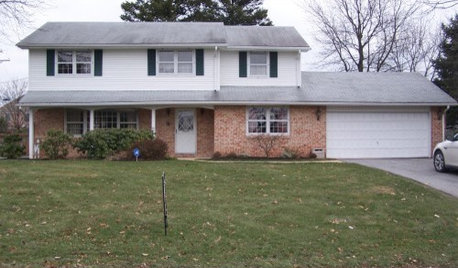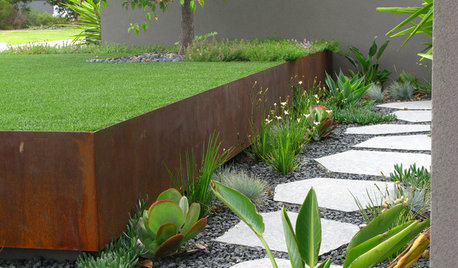Above ground pond questions
grrr4200
9 years ago
Related Stories

GREEN BUILDINGConsidering Concrete Floors? 3 Green-Minded Questions to Ask
Learn what’s in your concrete and about sustainability to make a healthy choice for your home and the earth
Full Story
Today's Question: TV Fireplace Dilemma
Should the TV Go Above the Fireplace — or Not? Have Your Say!
Full Story
GROUND COVERSGround Force: 10 Top Ground Covers for Your Garden
Protect your soil from weeds and drought this summer with a living mulch of ground covers
Full Story
KITCHEN DESIGN9 Questions to Ask When Planning a Kitchen Pantry
Avoid blunders and get the storage space and layout you need by asking these questions before you begin
Full Story
REMODELING GUIDESConsidering a Fixer-Upper? 15 Questions to Ask First
Learn about the hidden costs and treasures of older homes to avoid budget surprises and accidentally tossing valuable features
Full Story
DOORS5 Questions to Ask Before Installing a Barn Door
Find out whether that barn door you love is the right solution for your space
Full Story
LIGHTING5 Questions to Ask for the Best Room Lighting
Get your overhead, task and accent lighting right for decorative beauty, less eyestrain and a focus exactly where you want
Full Story

MOST POPULAR8 Questions to Ask Yourself Before Meeting With Your Designer
Thinking in advance about how you use your space will get your first design consultation off to its best start
Full Story
LANDSCAPE DESIGN7 Questions to Ask Before Laying Stepping Stones
These broken-up pathways invite you to put a spring in your step — while adding functionality to the garden
Full Story






waterbug_guy
garyfla_gw
Related Professionals
Camas Landscape Architects & Landscape Designers · Folsom Landscape Architects & Landscape Designers · Rancho Cordova Landscape Architects & Landscape Designers · Rossville Landscape Architects & Landscape Designers · Westwood Landscape Contractors · Bainbridge Island Landscape Contractors · Fuquay-Varina Landscape Contractors · McLean Landscape Contractors · Mission Bend Landscape Contractors · Rancho Santa Margarita Landscape Contractors · Sammamish Landscape Contractors · Tavares Landscape Contractors · Vermilion Landscape Contractors · Whittier Landscape Contractors · Northlake Landscape Contractorswaterbug_guy
grrr4200Original Author
heather_on
shannonm
waterbug_guy
grrr4200Original Author